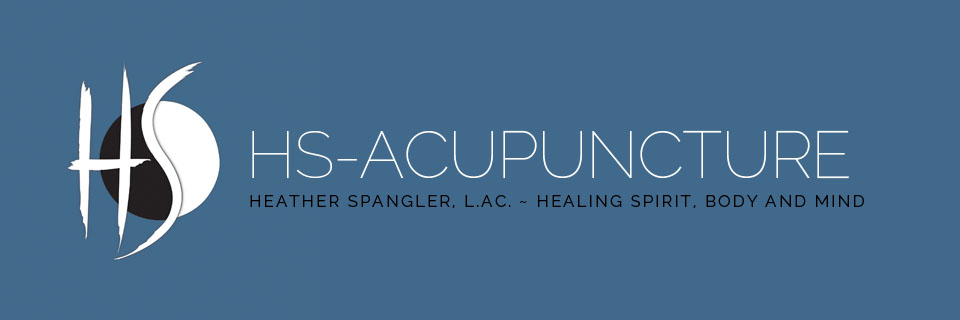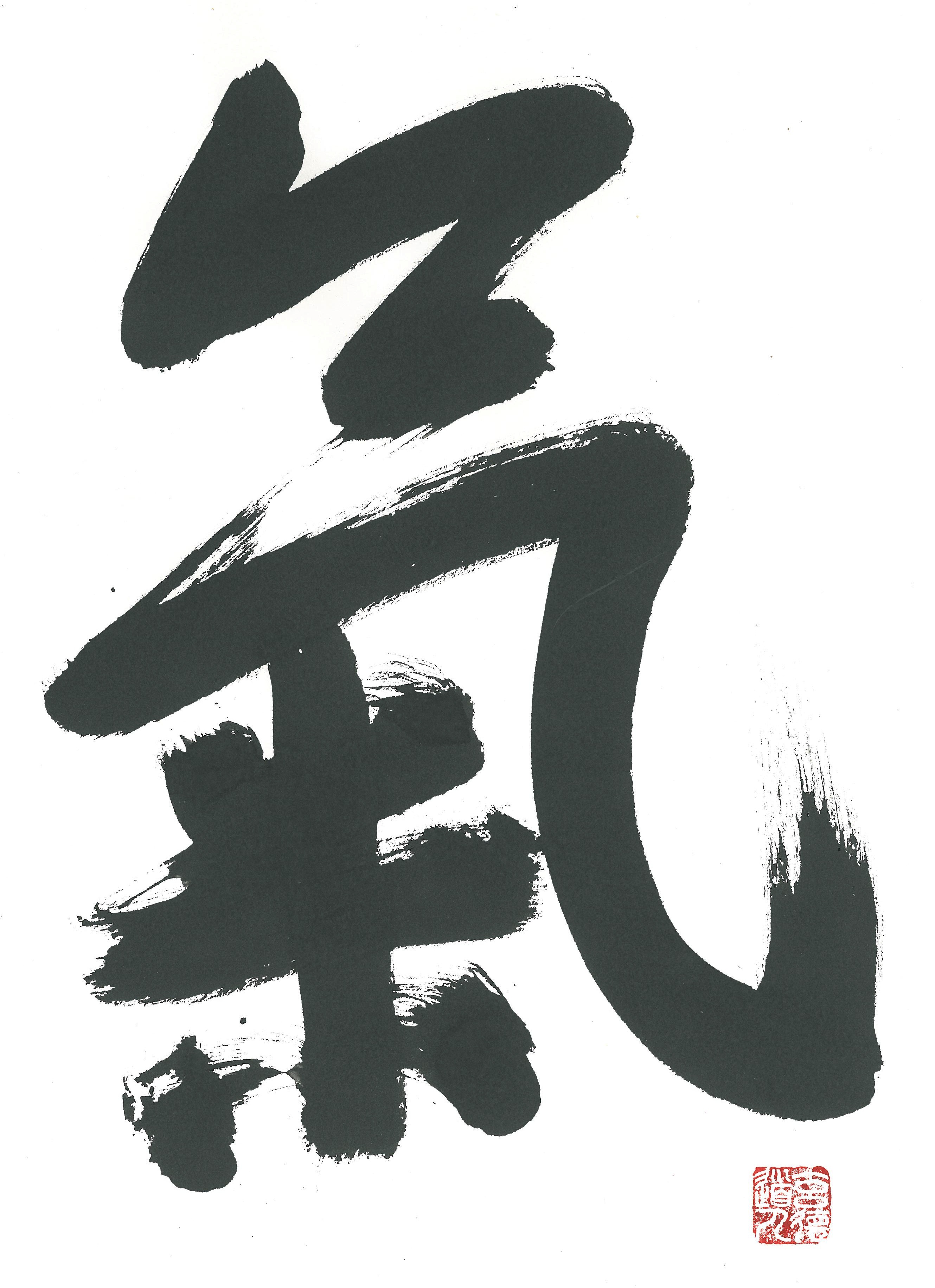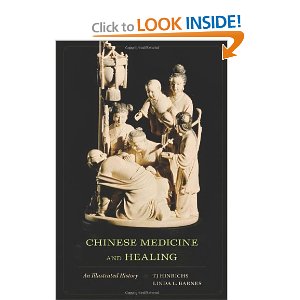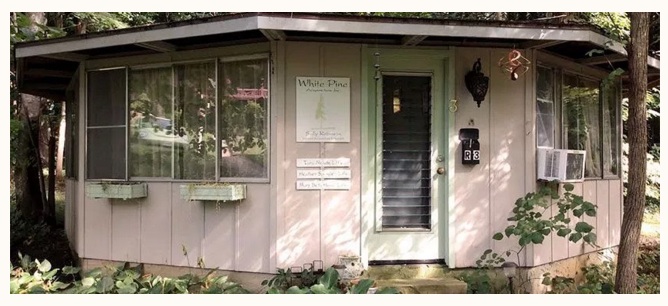"Healthy," But...
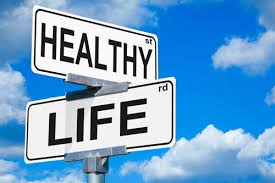
Have you ever been to your doctor, been told that you were healthy, and yet known that something was not quite right?
In Chinese medicine, the level of intervention can be well before a disease process occurs -- at that moment when you begin to notice that something feels just a little off, in fact. For example, the optimal time with Chinese medicine to catch a cold from developing is when you first feel chilled or a tension in your throat.
As acupuncturists, we identify patterns that are out of balance in our patients (and ideally oursevles) and seek to restore optimal equilibrium or homeostasis, potentially long before a real problem arises.
Put another way, if you were driving down the highway and your car pulled to the right, chances are you would pull over and have a look at your right tire. That's how acupuncture works, before your tire blows out on the highway. Doctors and hospitals are great when your tire blows out. Chinese medicine with acupuncture and herbs can help prevent it from happening in the first place.
At the same time, Chinese medicine can also offer lasting healing within the context of disease once it has already evolved. To do so, the underlying pattern must be addressed. For example, a cancerous tumor can be cut away in an allopathic setting such as a hospital, but if the pattern that gave rise to the tumor in the first place has not changed, it could grow back.
In short, illness is an invitation to change. Whatever we have been doing that resulted in the condition needs to be done differently. Illness is the body's notification system that tells us we need to do things another way. Often this can relate to our lifestyle, diet, exercise, sleeping, stress, relationships, work and how we find meaning in life and meet life's challenges. Looking honestly at these circumstances can be the hardest part of true healing and yet can also offer the greatest reward.
The last time I went to the doctor's, I was struck by how the focus is in such a different place. According to the doctor, I was a picture of health, but from a Chinese medical perspective I knew I had plenty to work on, whether in the realms of treament, prevention or optimization of good health. There are always stagnations to treat, the immune system to bolster in order to overcome the unknown elements we face in a day, as well as the opportunity to become the best version of ourselves.
What interests you more: the treatment of something that is bothering you, the prevention of a particular condition, or the realization of your fullest potential?
 Change,
Change,  Chinese medicine,
Chinese medicine,  Cold,
Cold,  Disease,
Disease,  Doctor,
Doctor,  Prevention,
Prevention,  Treatment | in
Treatment | in  Practice
Practice 